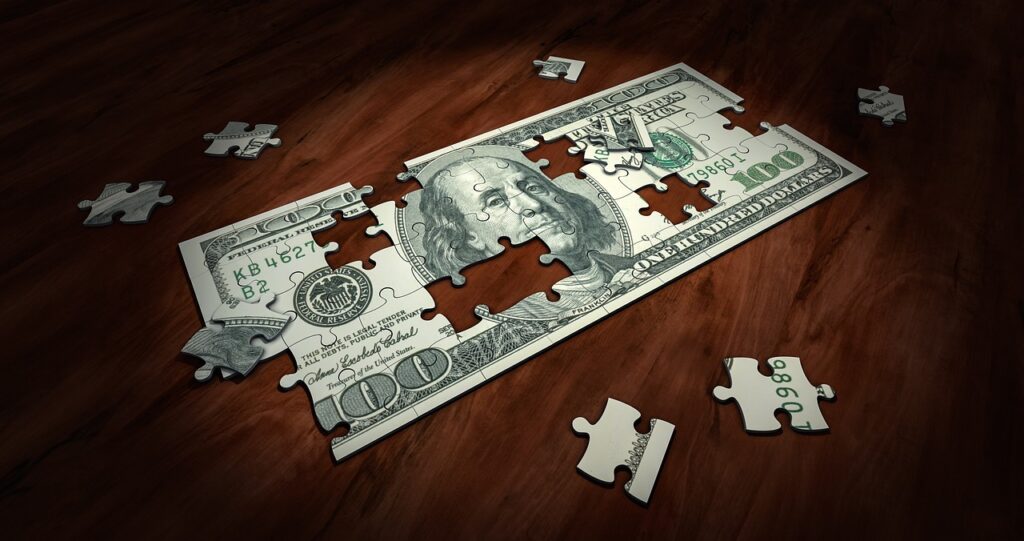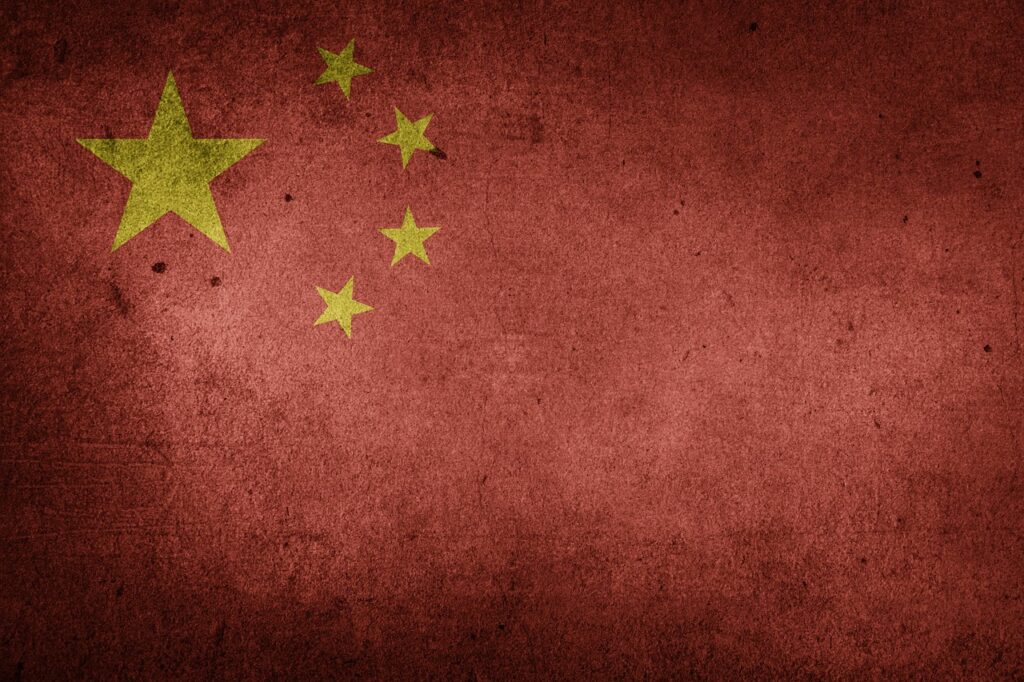Assuming the verdict holds up on an expected appeal, it could be one of the biggest government payouts in history.
By: Doug Palmer | 01/04/2023 05:00 AM EST
U.S. companies have handed over nearly $161 billion to the government because of former President Donald Trump’s tariffs on Chinese goods. If a long running court case pays off in early 2023, they could eventually get a big chunk of that money back.
Thousands of companies such as Coca-Cola, Joann Stores and Walmart could get a share of one of the biggest government payouts in history, assuming the verdict holds up on an expected appeal that could go all the way to the Supreme Court.
A spokesperson for U.S. Customs and Border Protection, which collects the duties, declined to say how much the government could potentially be forced to pay, “since the matter is still under litigation.”
The decision now awaited from the Court of International Trade has been brewing since 2020, when a group of importers filed a case accusing the Trump administration of exceeding its authority to impose tariffs and violating the Administrative Procedure Act, which governs the rulemaking process of the executive branch. Key to the decision is whether the Biden administration followed proper procedure when it denied thousands of requests to exempt certain imports from the tariffs.
Other companies quickly jumped onto the case, flooding the docket with thousands of additional plaintiffs. Rather than hear each complaint individually, the court designated one “master case” whose fate will determine all the others.
After more than two years of litigation and one more set of oral arguments scheduled for February, the CIT could finally issue a ruling in the coming months. The Biden administration has staunchly defended Trump’s right to impose the duties and the role that the Office of the U.S. Trade Representative played in deciding which products were hit.
Trump initially imposed duties on $50 billion worth of imports from China in the summer of 2018 in two separate tranches. He ratcheted that up over approximately the next 15 months in response to Chinese retaliation and setbacks in negotiations with Beijing. He eventually hit more than $300 billion worth of Chinese goods with tariffs ranging from 7.5 percent to 25 percent.
HMTX, a luxury vinyl floor tile manufacturer that produces most of its product in China, is at the forefront of the court case asking for the tariffs to be struck down.
“We have sought alternative sourcing, including here in the United States, and that has only made a small dent in the demand we have for our products,” Harlan Stone, the company’s CEO, said. “We are dependent on a large output and China is the primary source of that large output.”
The court challenge focuses on tariff Lists 3 and 4 totaling more than $250 billion worth of Chinese goods. List 4 was divided into two parts, Lists 4A and 4B. The second part, 4B, was never imposed.
“None of plaintiffs’ objections carry their burden of establishing that Lists 3 and 4A violate the APA,” the Justice Department said in a recent brief filed in the case. DOJ, which is representing the U.S. government in the case, said USTR showed in its detailed response to the court it “did not act in an arbitrary or capricious manner when, at the specific direction of the President, it imposed additional tariffs on merchandise imported from the People’s Republic of China.”
Ed Gresser, a former U.S. trade official now at the Progressive Policy Institute, estimates the United States collects $35 billion to $40 billion in additional tariffs each year because of Trump’s actions against China.
The biggest categories hit by the duties include electrical equipment, machinery, computers and electronics, fabricated metal products, furniture, auto parts and chemicals, he said.
Joann Stores faces higher duties in over 70 percent of the product categories it imports because of the China tariffs, Ed Weinstein, vice president for tax and government affairs at the company, said.

“The increased costs relating to the tariffs represent a serious threat to our profitability. We have had no choice but to pass on portions of these tariffs to consumers because narrow retail margins preclude us from absorbing tariff costs,” he added at a recent event urging the Biden administration to eliminate the duties.
The CIT has already ruled that Trump and USTR had the authority to increase the number of Chinese goods hit with tariffs without launching a new investigation under Section 301 of the 1974 Trade Act — the law Trump used to justify the tariffs in the first place.
As a result, the fate of the litigation largely rests on whether USTR gave proper consideration to the thousands of comments it received from companies and trade associations urging that specific products be excluded from the Trump administration’s expanded hit list.
“The core of the dispute right now is whether or not USTR satisfied its procedural burden under the Administrative Procedures Act,” said Christopher Clark, an attorney with Squire Patton Boggs, one of hundreds of law firms with clients involved in the case.
That puts USTR in the tough spot of producing documentation it appears not to have because of a presumption within the agency that its tariff actions were not covered by the APA.
“USTR lawyers have always assumed that the foreign affairs exemption in the APA applies to Section 301,” a former USTR lawyer said, speaking on condition of anonymity. “That’s why in the China case, and in all other 301 cases, USTR has never ever compiled an APA-compliant administrative record.”
However, the CIT ruled in April 2022 that the APA “foreign policy exemption” did not apply in this case and issued an remand order for USTR to go back and show that it actually had considered the pros and cons of the comments it received before deciding which items to include on the two enlarged tariff lists.
“… USTR’s failure to explain its rationale in the context of the comments it received leaves room for doubt as to the legality of its chosen courses of action,” the three-judge panel wrote in the April ruling, giving plaintiffs hope that the court could strike down the tariffs and order the government to refund the money companies have paid.
In another victory for the plaintiffs, the court also ruled that USTR could not shield itself from judicial review by claiming it was acting at the direction of the president. While Congress did give the president broad authority to guide Section 301 actions, it “generally gave the USTR authority over the detailed decision-making process required by statute,” the justices wrote.
At the same time, CIT judges also said they would weigh “heavily” the cost of refunding the tariffs since that “would disrupt a complex and evolving process that was designed by Congress to allow for ongoing negotiations.”
In response to the court order, USTR scrambled to reconstruct an administrative record showing it complied with APA requirements. It delivered a 90-page report on Aug. 1 further explaining its rationale for deciding which products to hit with expanded retaliation and which products to leave off. The latter included certain critical minerals, seafood products, antiques and works of art, consumer electronics, chemicals and health and safety products.
The report also said USTR considered other concerns raised about the tariffs, such as their legality, their efficacy, their potentially damaging impact on the U.S. economy, and whether an alternative course of action made more sense.
What it doesn’t show is any proof that USTR considered “major objections” raised by thousands of companies in their comments filed with the agency, Akin Gump, the lead law firm for plaintiffs in the case, said in its response.
“That deficiency is no mere procedural fault, but rather confirms that the agency never considered the most important aspects of the issue before it,” the law firm wrote. “This Court should vacate the List 3 and List 4A actions.”
Both sides will have at least one more chance to persuade the CIT to decide for their side when the court hears oral arguments on Feb. 7. But whatever decision is handed down, it’s certain the losing side will appeal, said Clark of Squire Patton Boggs.
The next stop would be the U.S. Court of Appeals for the Federal Circuit, and beyond that the Supreme Court.
And even if the courts eventually side with the plaintiffs, it’s possible that not every company that paid a tariff under Lists 3 and 4A will get a refund.
“Our position has been that a company needs to have filed an action with the Court of International Trade in order to have the possibility of obtaining a refund,” Clark said. That makes it difficult to estimate the government’s potential liability in the case, but it still amounts to a “significant sum of money,” he added.


